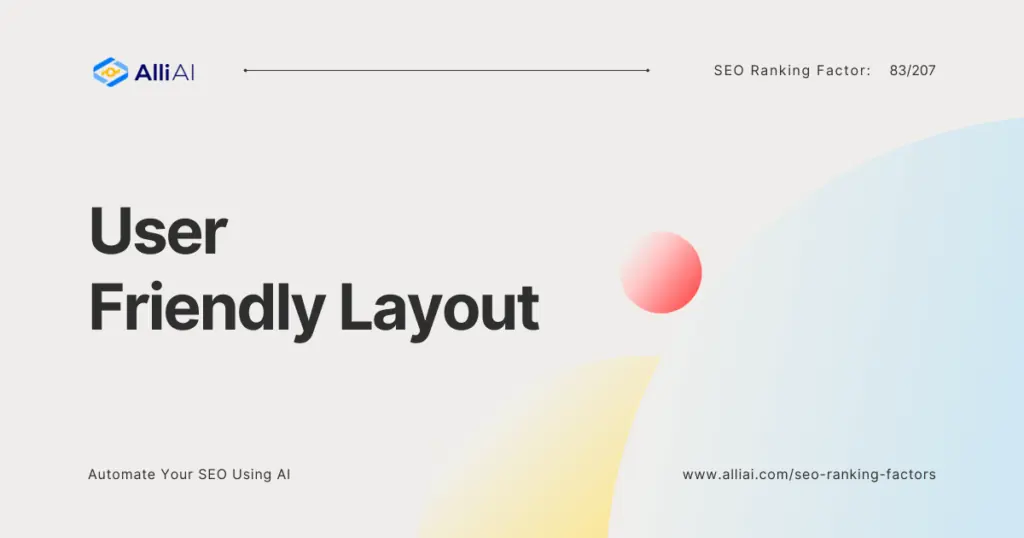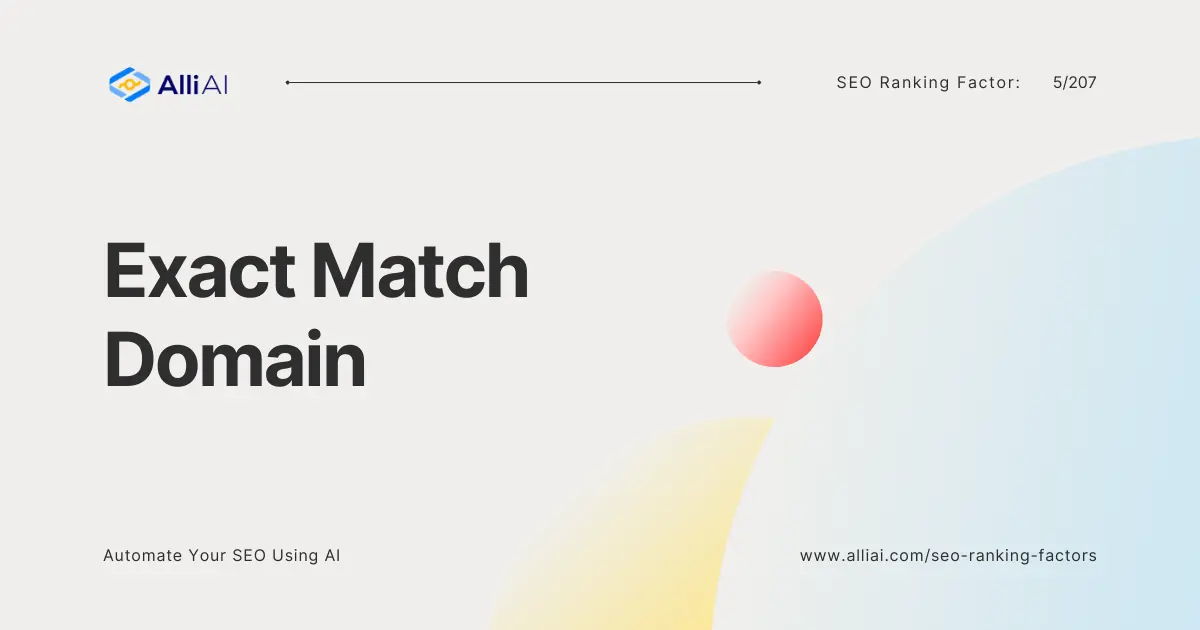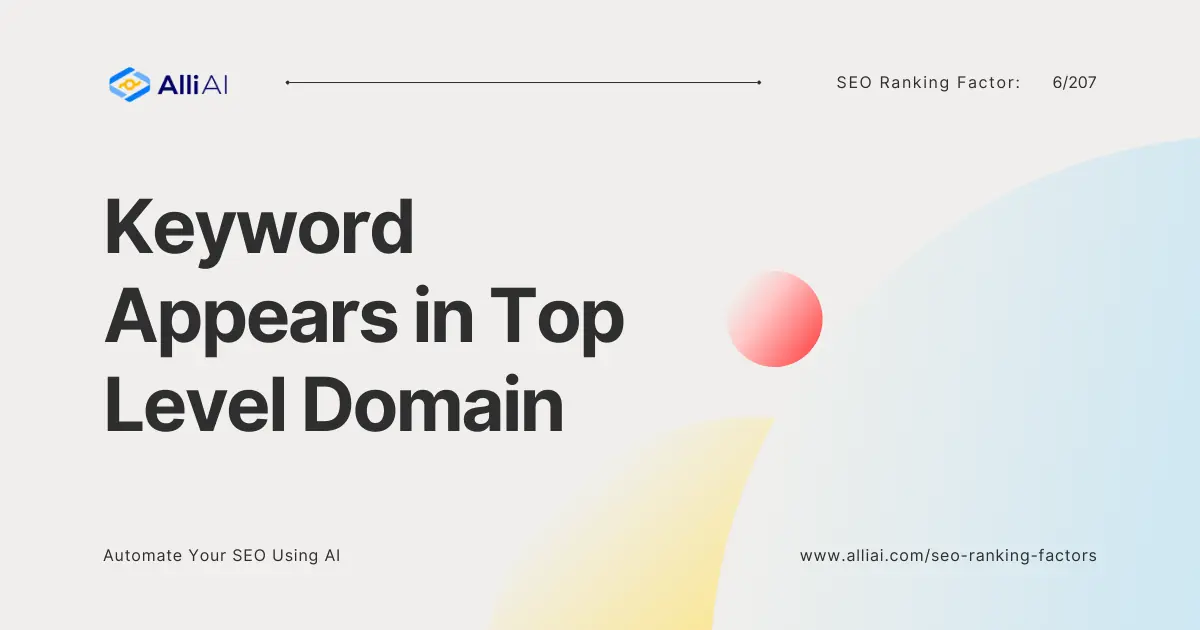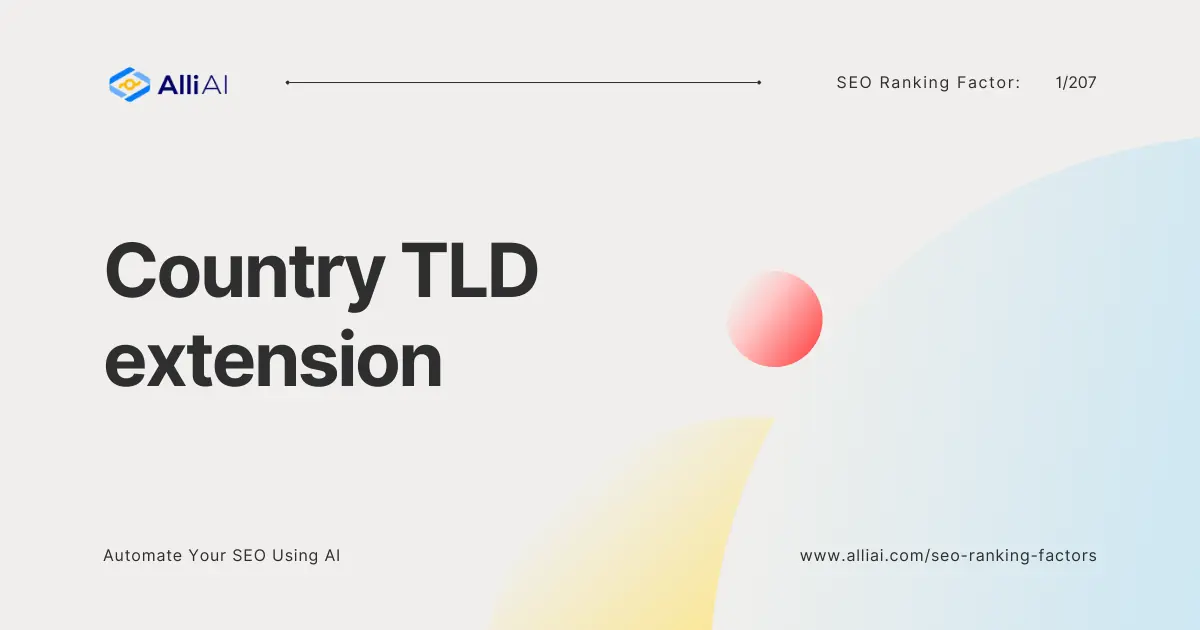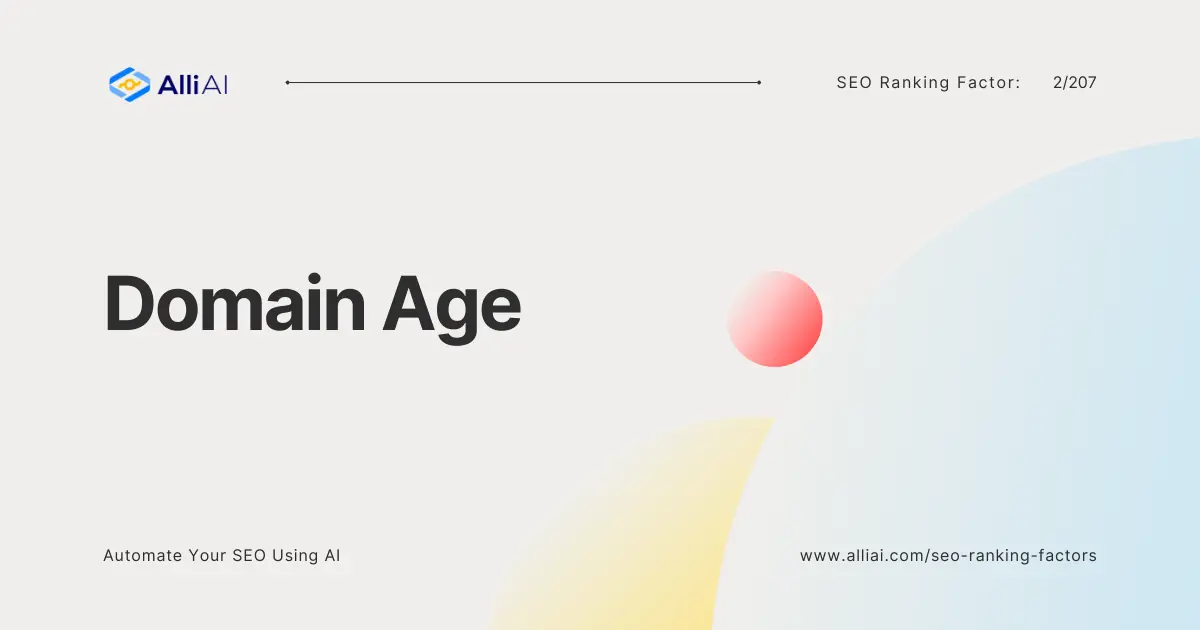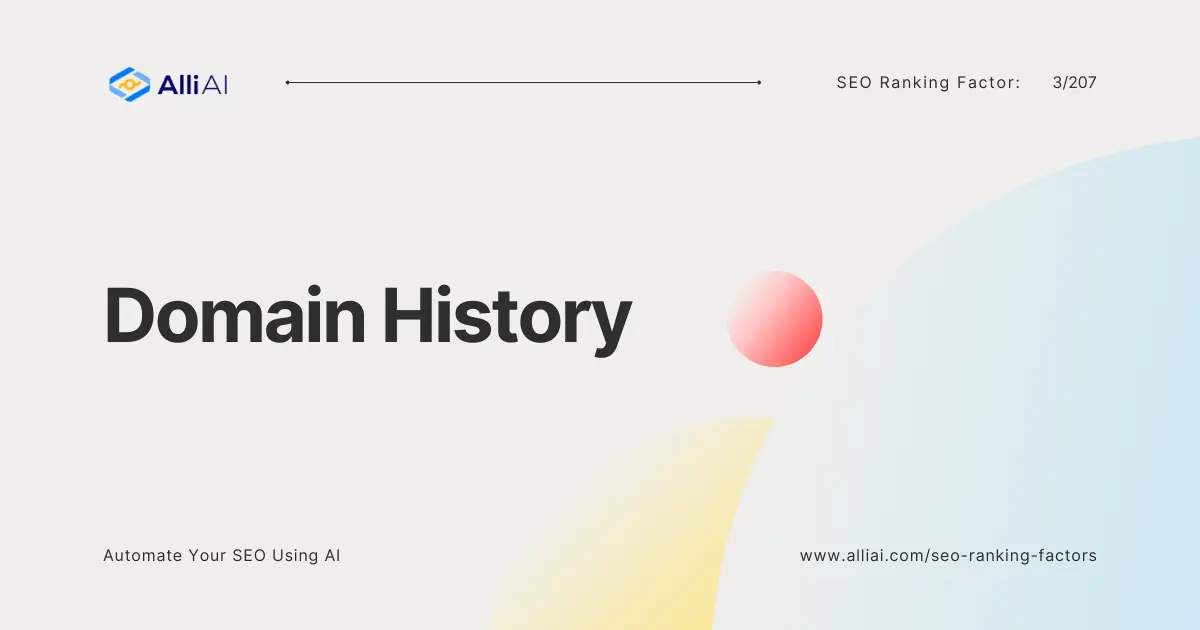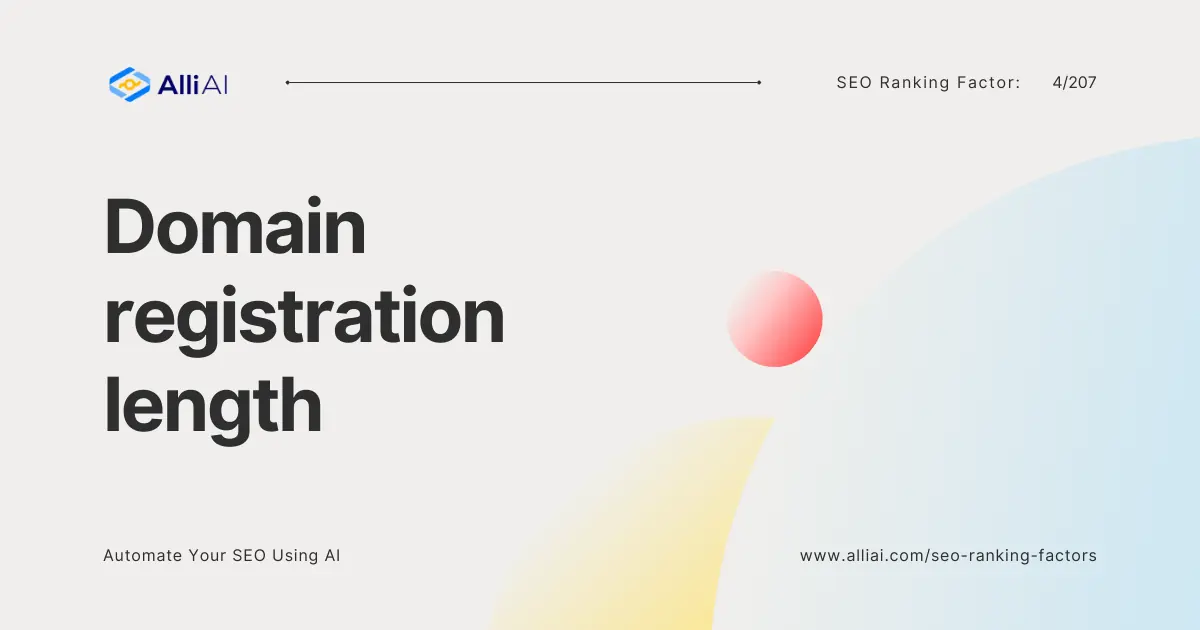What is User Friendly Layout?
A user-friendly layout refers to the structure and design of a website that enhances the usability and user experience. It ensures that visitors can navigate easily, find information quickly, and use the site without frustration. The core of a user-friendly layout lies in its simplicity, intuitive navigation, readable content, fast loading times, and responsiveness to different devices and screen sizes.
Real Life Analogy: Imagine walking into a well-organized supermarket. The aisles are clearly labeled, products are easy to find, and there’s enough space to move comfortably. Everything is designed for a smooth shopping experience. A user-friendly layout works similarly for a website, guiding visitors effortlessly to what they need.
Why is User Friendly Layout important in SEO?
A user-friendly layout is crucial in SEO because it significantly impacts user engagement, satisfaction, and website ranking. Search engines like Google prioritize user experience, making it an essential factor in their algorithms. A website that provides a positive experience by being easy to navigate and interact with is more likely to retain visitors, reduce bounce rates, and encourage engagement, all of which signal to search engines that the website is valuable. This, in turn, boosts the website’s search engine rankings.
How User Friendly Layout affects SEO?
A user-friendly layout affects SEO in multiple ways, influencing both direct ranking factors and user behavior metrics.
– Increased Time on Site and Lower Bounce Rates: Websites that are easy to navigate encourage visitors to stay longer and explore more pages. Higher dwell times and lower bounce rates are positive signals to search engines, indicating that the site is providing value to its visitors.
– Mobile Responsiveness: With the increasing prevalence of mobile browsing, having a responsive design that adapts to all screen sizes is essential. Google uses mobile-first indexing, meaning it predominantly uses the mobile version of the content for indexing and ranking.
– Page Speed: Part of offering a user-friendly experience is ensuring your website loads quickly. Google has explicitly mentioned page speed as a ranking factor, especially for mobile searches.
– Improved User Engagement Metrics: An intuitive layout enhances user engagement by making it easier for users to interact with your content and take desired actions, such as making purchases or signing up for newsletters. Engaged users are more likely to return, which can improve your site’s authority and ranking.
Relevant Stats: Studies have shown that websites with a user-friendly layout have significantly higher conversion rates. For instance, a report by Google found that sites loading within 5 seconds have 70% longer average sessions compared to those taking nearly ten seconds. [Google/SOASTA Research, 2017](https://www.thinkwithgoogle.com/)
FAQ
What makes a website layout user-friendly?
A user-friendly website layout should have a clear hierarchy, intuitive navigation, mobile responsiveness, fast load times, accessible content, and visual appeal. Prioritizing the user’s needs in the design process is key.
How can I test my website’s user-friendliness?
You can use tools like Google’s Mobile-Friendly Test, PageSpeed Insights, and conduct user experience testing with real users to gather feedback on navigation, content clarity, and overall experience.
Can a user-friendly layout improve my website’s SEO ranking?
Yes, a user-friendly layout can directly and indirectly improve your website’s SEO ranking by enhancing user experience metrics that search engines consider, such as time on site, bounce rate, and mobile usability.
Conclusion
A user-friendly website layout is not just beneficial for your visitors; it’s a crucial component of your site’s SEO strategy. By improving the overall experience, you’re not only appealing to your audience but also to search engines that value and reward sites offering high usability. The impact of a user-friendly layout extends beyond immediate engagement, affecting conversion rates, brand perception, and ultimately, your site’s visibility in search results. Investing time and resources into ensuring your website is accessible, intuitive, and responsive is a strategic move that pays dividends in the realm of SEO and beyond.
